A novel nanostructured material based on tantalum oxide could make possible non-volatile crossbar array memories that store up to 162 gigabits in 3-D memory stacks.
Another nanotechnology computer memory breakthrough from Feynman Prize winner
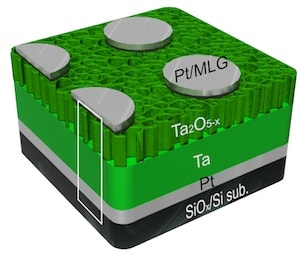

A novel nanostructured material based on tantalum oxide could make possible non-volatile crossbar array memories that store up to 162 gigabits in 3-D memory stacks.
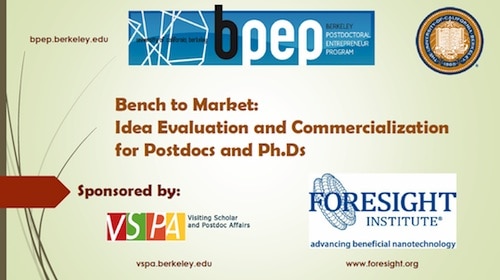
To educate potential entrepreneurs on strategies for moving discoveries from the benchtop to successful commercialization, Foresight co-sponsored an event in the “Ph.D. to Startup” Workshop Series of the Berkeley Postdoc Entrepreneur Program.
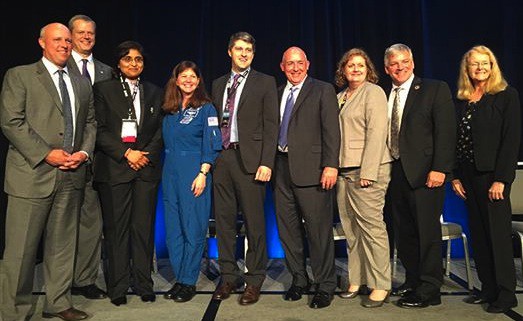
Technology developed by Nanobiosym, founded by Anita Goel, to enable personalized diagnostic testing won the Grand Prize of the Nokia Sensing XCHALLENGE in 2013, and this month was awarded the top prize in the Galactic Grant Competition.
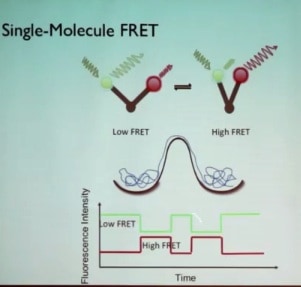
At the 2013 Conference Joseph Puglisi described how single molecule fluorescence techniques were used to study changes in the conformation and composition of the ribosome, a large biomolecular nanomachine, during the process of translation of genetic information.
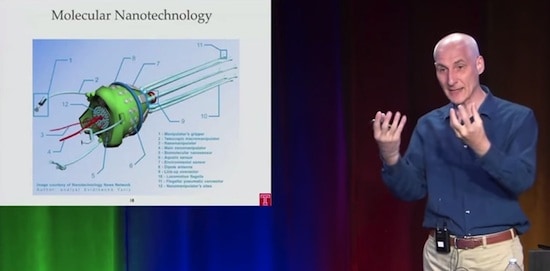
Designing and building spiroligomers, robust building blocks of various 3D shapes made from unnatural amino acids, decorated with various functional groups, and linked rigidly together by pairs of bonds, and a new approach to nanotechnology design software.
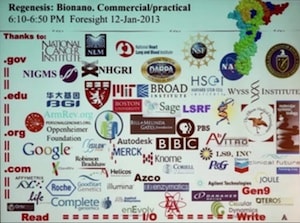
At the 2013 Conference George Church presented an overview of his work in developing applications of atomically precise nanotechnology intended for commercialization, from data storage to medical nanorobots to genomic sequencing to genomic engineering to mapping individual neuronal functioning in whole brains.
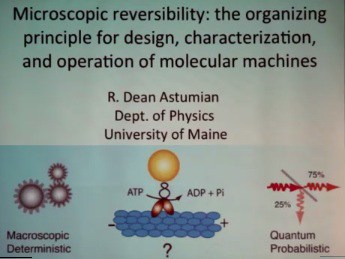
At the 2013 Conference Dean Astumian contrasted macroscopic machines at static equilibrium and molecular machines at dynamic equilibrium, and presented information ratchets and microscopic reversibility as the organizing principle of molecular machines.
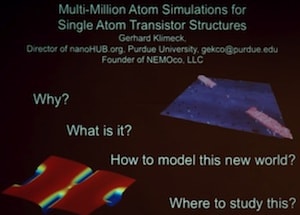
At the 2013 Conference Gerhard Klimeck presented the work of his computational nanotechnology network modeling nanoelectronic devices, using simulations of multi-million atom domains to understand the function of single atom devices embedded in larger nanostructures.
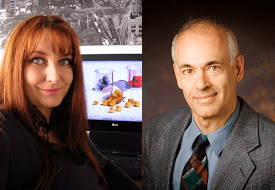
The Theory Prize was given for research into diamond nanoparticles; the Experimental Prize was given for development of scanning tunneling microscope (STM) technology.
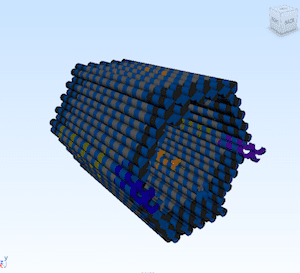
A commentary over at Gizmodo argues that ideas about molecular manufacturing that sounded like science fiction in 1986 now sound more like science fact.